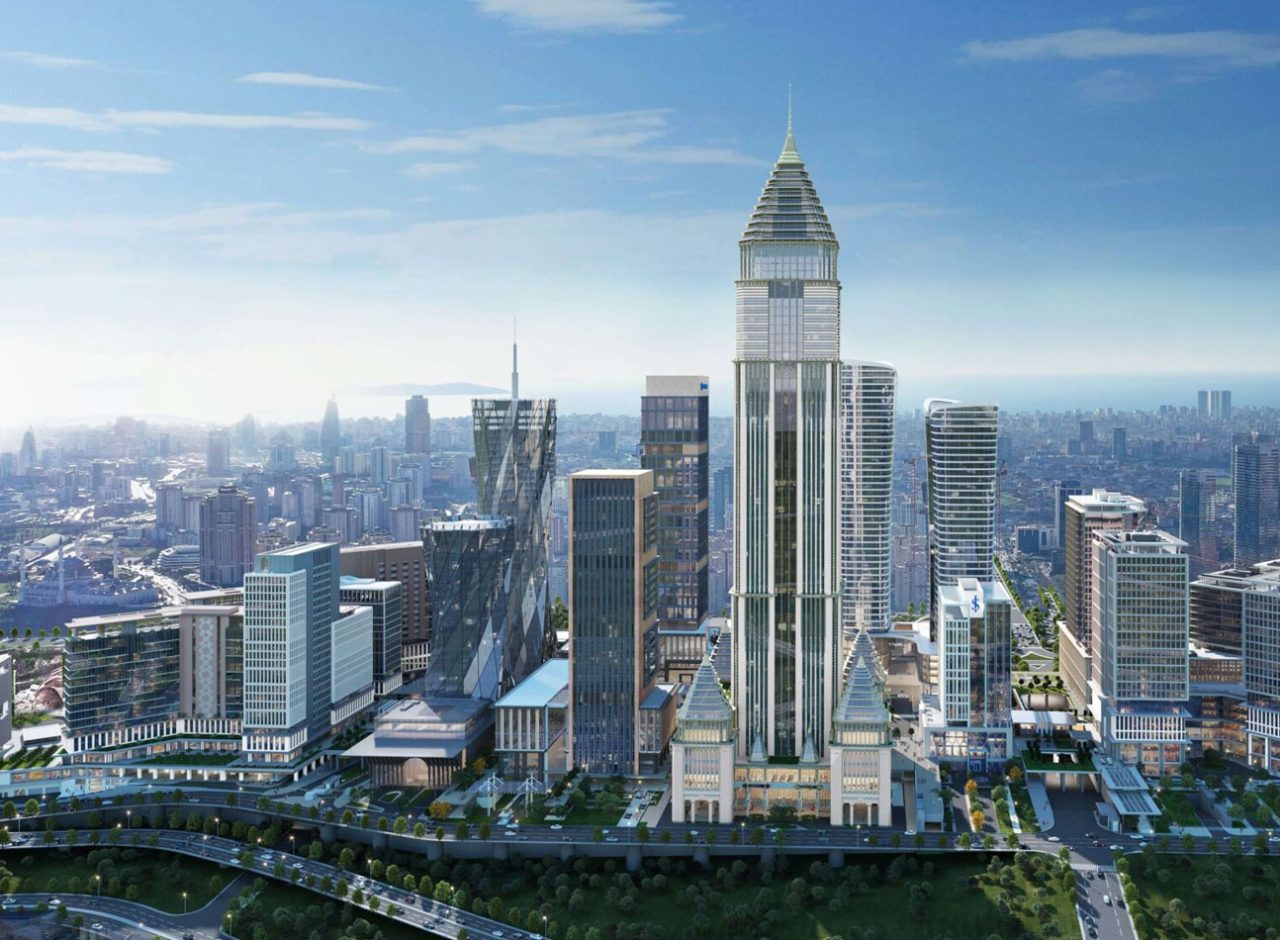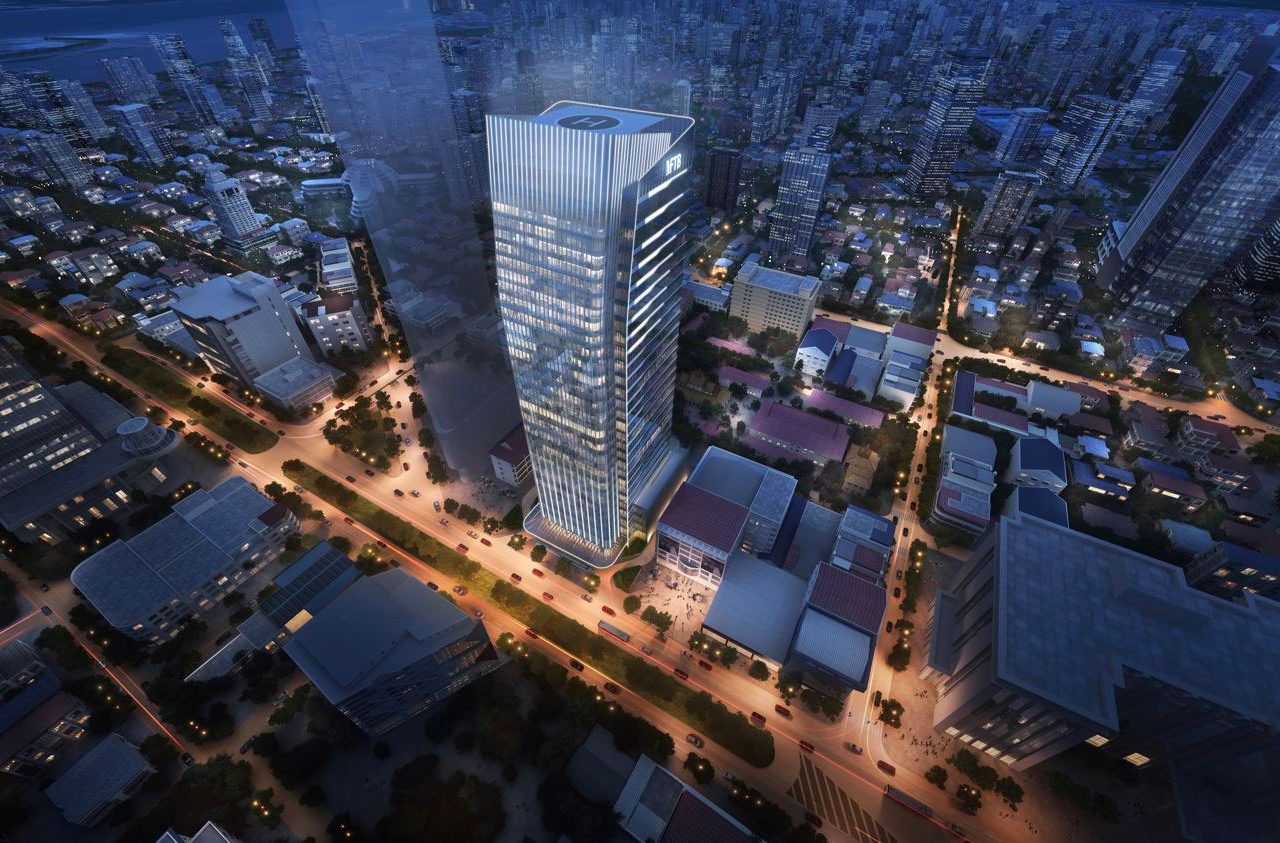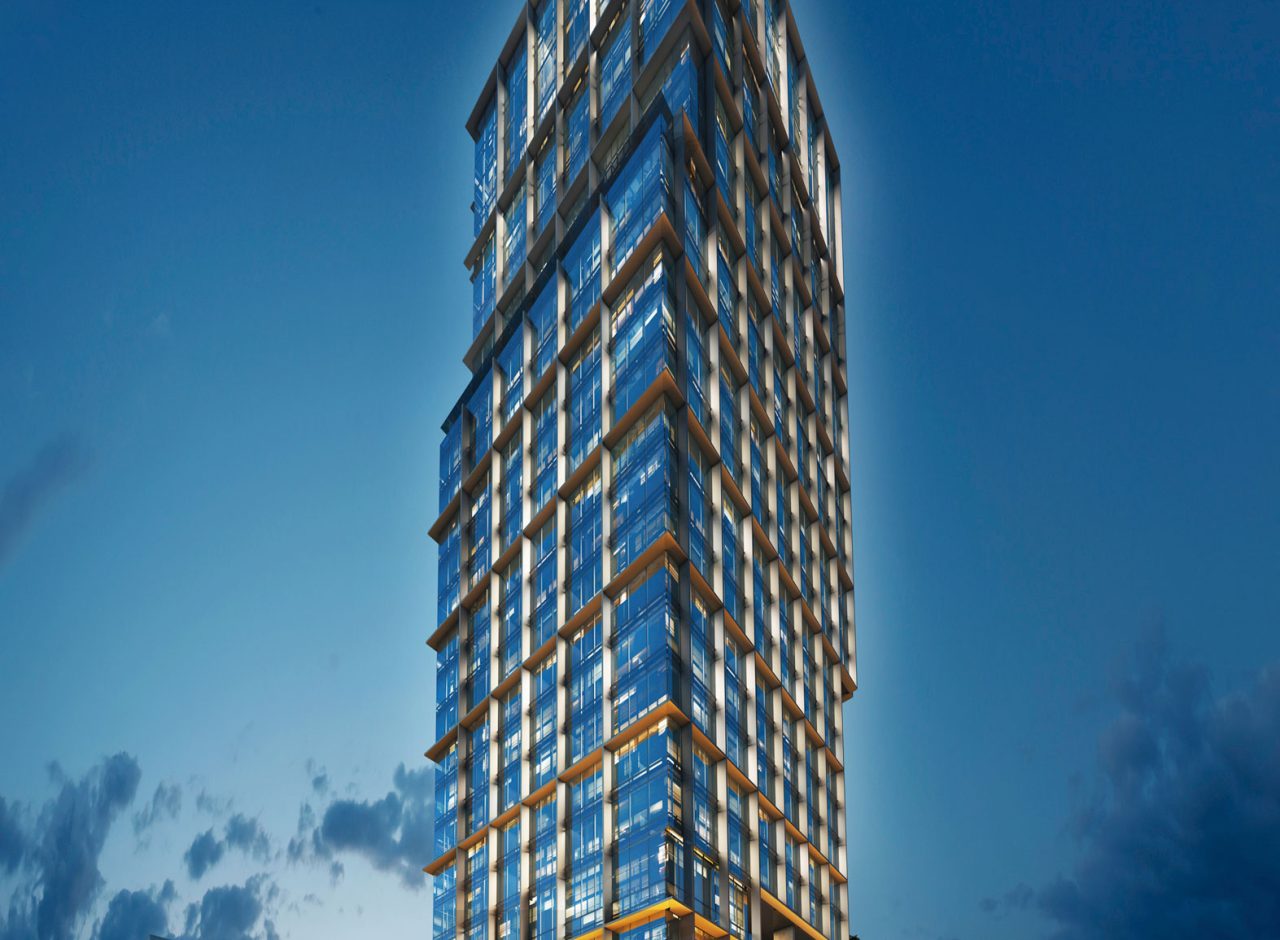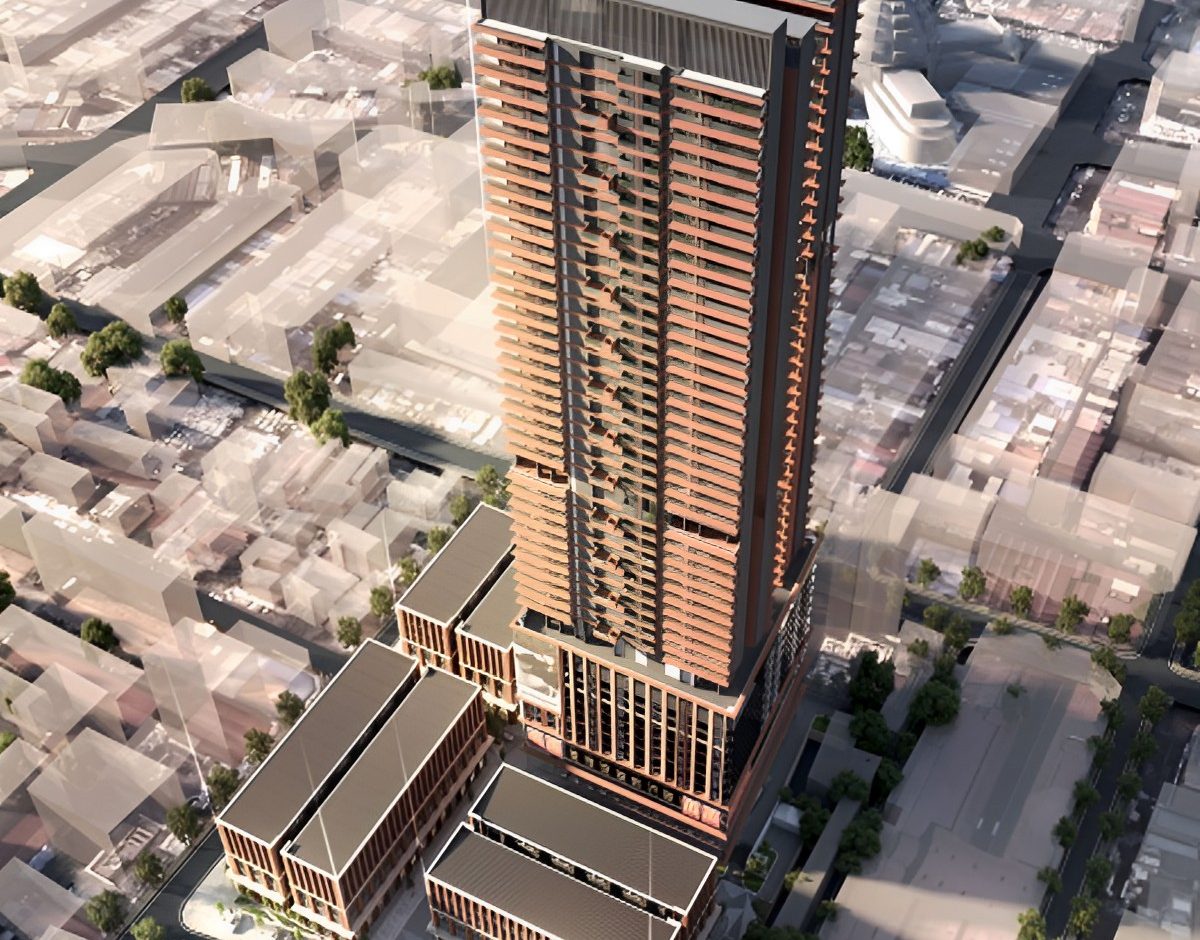Acres
Project Area
Acres
Landside (Aerocity Development)
Acres
High-density Districts
million
Total Passenger Traffic (2018-19)
The scope includes conceptual master planning and schematic design for the following services:
- Data-Driven Gap Assessment
- Visioning Through Stakeholder Engagement and Consultative Workshops
- Setting Macro & Micro KPIs
- Organizational Restructuring
- Identification of Revenue Opportunities
- Detailed Implementation and Phasing Strategy
- Technical Blueprint & Tender Document Preparation
After a careful review of the global smart cities standards which are under development, and digital transformation initiatives, Meinhardt worked towards a unique definition, vision, goals and objectives for the Smart Airport City 4.0.
The role of the integrated infrastructure and ICT team was to look at aspirational and accountable KPIs, various architectures (with a technical focus for implementation), and technical solutions for various areas such as transport, energy, environment, utilities and the APIs integration. This final aim was for large-scale implementation and interoperability.
Meinhardt conducted ground surveys, sector-wide gap assessment and strategic visioning workshops to formulate comprehensive technical blueprints and tender documents for the development of terminals and am integrated smart city. The blueprints detailed 2 to 6 years of phasing strategies with respect to the seven pillars of innovations in data and communication management, terminal and landside operations, traffic management, energy management, water management, security management, smart lighting and way-finding, and smart environmental management. Furthermore, the scope covered:
After a careful review of the global smart cities standards which are under development, and digital transformation initiatives, Meinhardt worked towards a unique definition, vision, goals and objectives for the Smart Airport City 4.0. The role of the integrated infrastructure and ICT team was to look at aspirational and accountable KPIs, various architectures (with a technical focus for implementation), and technical solutions for various areas such as transport, energy, environment, utilities and the APIs integration. This final aim was for large-scale implementation and interoperability.
- Review of individual data input, overviews of departmental operations and standard operating procedures to draw up corresponding action plans.
- Review of existing Terminal and landside master plans, business operations, organisational structure and business processes.
- Understanding and tailoring the passenger’s journey from landside to terminal side and working towards the aspirations of Gen X.
- Gap Assessment on the smart city parameters and forming a unique scoring system.
- Visioning, strategy, goals and development of micro & macro KPIs.
- Review of existing SOPs and upgrading to improve response time and customer experience.
- Development of sector specific solutions for security surveillance (including detailed TVRA), intelligent transportation system (MaaS), water and wastewater management, drainage, urban resilience and sustainability, smart grid, data communications and terminal and landside operations management. Each pillar was deliberated in depth for various phases based on the following parameters
- Supported Protocols
- Available Technologies
- Software Requirements
- Hardware Requirements
- Datasets
- Regulatory Requirements
- Privacy & Security Requirements
- Capital Cost & Lifecycle Cost
- targeted timeframe for implementation
- Development of implementation framework, cost benefit analysis and phasing strategy
- Development of 8 dashboards and Integrated Super App
- Digital Twin and AR/VR development
- Development of Tender document and tendering support.








